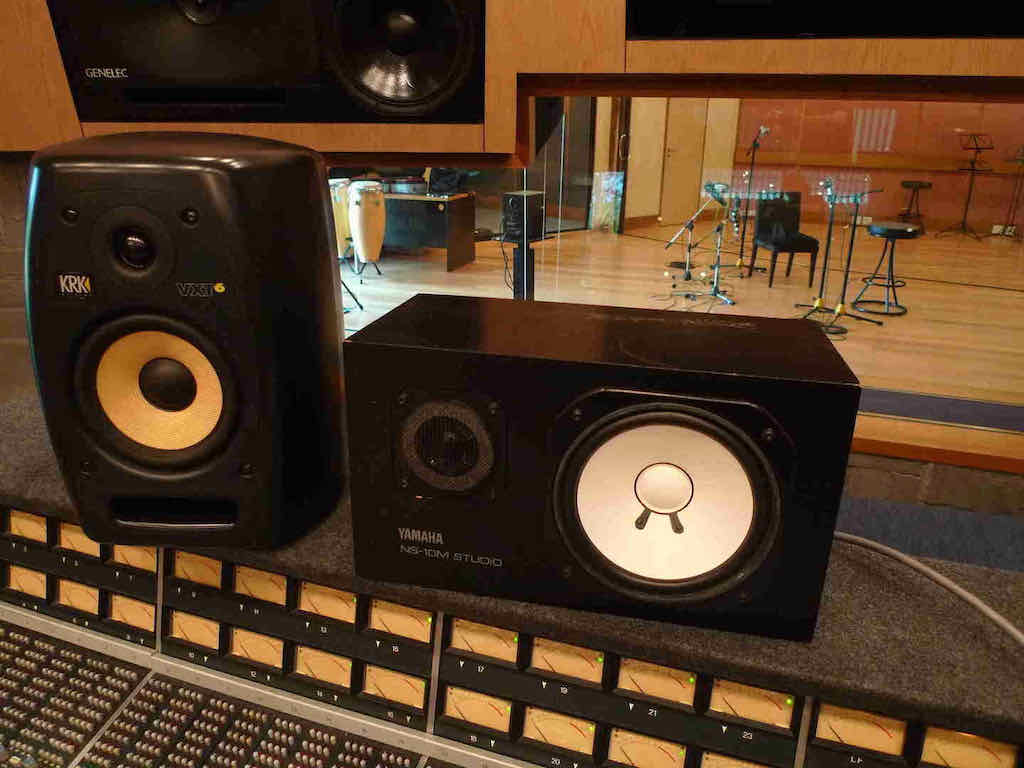Superb collection of Asian world guitar music. This legendary recording as an AUDIOPHILE re-mastered CD incorporating 24 bit processing & various noise reduction algorhythms with all the dynamics and ambience of the original 1984 recording preserved.
Hucky’s amazing virtuoso guitar technique is brilliant. His expressiv playing demonstrates the highest-level of refinement and mastery. This album is a truly magnificent reference recording of classical guitar playing! (I bought CD and LP - the sound from LP was much better). Dr. Krairerk Sintavanuruk M.D., Audiophile Magazine (August 2017)
The Best of the Best for anyone who loves Asian sounding albums. Performed by one of the world’s superb guitarists…sound quality is clear and excellent…Hucky’s performance is top class. GM2000 Magazine (June 2003)
This album offers unlimited enjoyment, taking listeners on a mesmerizing musical journey performed by one of the world’s leading musician. Music Talk magazine (June 2003)
This is a (Audiophile) re-mastered work. For fans of guitar music, a must-have. The Bangkok Post (18 April, 2003)
A Blend of East and West
“Gumgah Gumgah” is a perfect blend of the best elements in two cultures, German and Thai, where precision, exactness and high technology exist with gentleness and the joy of life-and nicely, too. The NATION (04 May, 1986) about the original recording
Recorded, edited and published by
Hucky Eichelmann, guitar
Sheet Music Book: 36 pages,
traditional notation
Executive Producer:
Hucky Eichelmann for AMI Records
Sound Engineer:
Dr. Benjamin Bernfeld, Harmonia Mundi
180 Gram Virgin Vinyl
GAMGAH GAMGAH - ASANEE CHOTIKUL
Composed by Asanee Chotikul who hailed from the Thai Northeastern province of Loei Gamgah Gamgah is a Northeastern coloquial for someone who is clumsy but cute. The song is an attempt to mix elements of jazz improvisation with the Northeastern traditional instrument "Sueng".
TWO FRAGMENTS FROM CHAO PHYA - BRUCE GASTON
Fragments for this guitar piece were taken from "Chao Phya Concerto" written by the commission of Bangkok Bank to celebrate the Bangkok Bicentennial in 1982. The first section was inspired by the "Pia", an instrument of Northern Thailand which has been almost completely forgotten. The second section is based on the sound of various bowed instruments of Central Thailand.
THE TEARS OF MASTER SHEN YEN LU - SIMON NGAI
"The Tears of Master Shen Yen Lu" was composed by Simon Ngai, a young Hong Kong guitarist whose Buddhist influence in philosophy enabled him to create a musical feeling for this composition. The piece describes a mythological Chinese who was born in the late Ching Dynasty (1894-1942) and who at the age of seven years developed a method to cure the sick by utilizing a persons mind will.
KAPILAS NA GITING (A Piece of Valor)
- BAYANI MENDOZA DE LEON
This piece by the Filipino composer is based on an attempt to demonstrate elements of the music of the Philippine hilltribes in a Western style.
Part A consists mainly of heavy rhythmical elements which represent the group of percussion instruments while using very romantic melodic materials (which stand for blown instruments) accompanied by the "rhythm section" in Part B. Following the repetition of Part A is a sort of Coda which underlines the basic rhythmic character of the whole composition.
PRELUDE ET MOVEMENTS DES CORDES - DNU HUNTRAKUL
This composition shows many musical traits, Eastern and Western alike. The first Introduction movement and the following Allegro movement reflect the Baroque Prelude and Fugue setting which, at the same time, resemble the Indian Raga introduction followed by a headlong improvisation in the same Raga frame work.
The conclusive melody at the end of the piece, which is exactly identical to that at the end of the introduction, reflects the Western classical tradition, while the rhythmic and melodic variations on the princial melodic notes of the second movement are based on the Thai classical variations concept known as "Thao".
I-SARN - NOP SOTHIBANDHU
Nop Sothibandhu was born in Songkhla, Southern Thailand, although the song "I-sarn" means the Thai Northeastern part where the pentatonic theme of this work comes from. Kept in a classical variation form, the tempo progression within the single variation as well as the breaks from variation to variation are to be handled quite freely.
In the Theme and Variation 1 and 2 the melody plays along with an ostinato accompaniment and imitates very much the character of the "Kaen" (mouth organ) music. In the other variations some technique of the string instrument "Sueng" is used while the Finale combines both elements.
KAEK CHAO SENN (Dance of the Shi'ite Muslims) - BRUCE GASTON
Dance of the Shi'ite Muslims is sometimes also called the "Dance of Hussein". This refers to the demonstration of grief made each year by the Shi'ite Muslims for the martyr Hassan during the Moharram Festival. This was the dance offered by Phya Chularaja-Montri, the head of the muslim community, to His Majesty King Rama II over 150 years ago. The King was so impressed that he ordered the Royal dancers and musicians to modify both, gestures and melody to fit into the standard Thai repertoire. Bruce Gaston took this old theme and arranged it for classical guitar.










